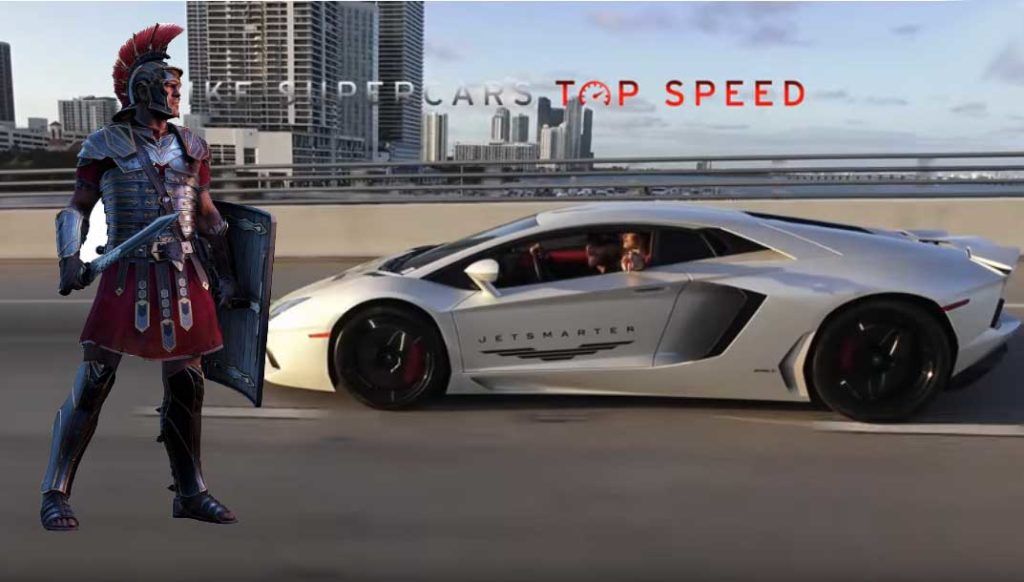
In 1896 there were only four automobiles in the whole of the USA. Somehow two of them ran into each other in St. Louis. That year in Great Britain, 44-year-old Bridget Driscoll was the first ever pedestrian to be knocked down and killed by a car. Today, there are around 268.8 million privately registered and insured vehicles in the USA. Yours is one of them. And most of us will be involved in a bump, at least, at some time in our lives.
Because of that, we’re now all required by law to insure our vehicles. We have to renew that insurance every year. “Every person who uses or causes or permits another person to use a motor vehicle on a road or other public place must have a policy of insurance covering at least third-party risks.” This statutory requirement relates to use of a particular vehicle, so it’s the vehicle which is covered, not you. There is no legal requirement to have comprehensive insurance cover — but you must have third-party cover.
You may find as part of Viking insurance coverage; you’re entitled to drive other vehicles and be covered under your policy. Viking insurance will refer to this topic about this in detail later in the article — but be aware, it always depends on the precise terms of your policy and will generally be restricted to the policyholder and not any named driver. Plus, the cover will be for the third party only. So, if you have a cover which applies to other vehicles, any claim you make will be under your policy, not the insurance relating to the car you’re driving. The most important thing you should never forget: never assume you’re covered and check your policy terms before you get behind the wheel of someone else’s car.
Which type of motor insurance?
There are two types of insurance coverage.
Third party or third-party fire and theft.
Third party or third-party fire and theft (TPFT) provides liability insurance where you cause injury or damage to another person or their property, including vehicles. This is the minimum statutory requirement.
It may also cover your vehicle if it goes on fire or is stolen (“fire and theft”). If you’ve caused an accident in which the other driver or any passengers or pedestrians have been injured (“the third party”), the Viking insurance will cover you against claims from those people. It will meet in full the cost of any vehicle damage to the other car. What it doesn’t cover in most accident collisions is damage to your car. Your car might be damaged beyond repair and be written off completely — and you cannot make a claim on the policy if all you have is third party cover.
In the past, these policies had a reduced premium and were often bought by younger drivers for private cars which were not particularly valuable. Increasingly, though, there is not much price advantage on these policies. Third party policies now make up only 10% of the entire car insurance market, and this figure is falling. Insurance underwriters have found the people most likely to buy third-party policies, namely newly qualified young drivers, are precisely the same people most likely to be involved in an accident, and who will have to make a claim on the policy for damage caused to other parties.
The days of cheap third-party cover are long gone
This is known in the industry as a “first party” policy, with you as the first party. The policy will provide cover against damage to your vehicle as well as damage to other people and property. In that latter respect, it’s similar to a third-party type policy. Comprehensive cover will also cover damage to your own vehicle regardless of who’s to blame for the accident. However, you’ll have to pay an excess before your insurers make any payment for repairs to your vehicle.
Comprehensive cover may also provide extra benefits like a courtesy car, breakdown assistance, and windscreen repair or replacement. These benefits may not be standard, and you may have to buy “add-ons” to the basic cover to get them.
At-fault and non-fault drivers
The categorization of your accident claim will significantly affect your financial position. There’s a crucial distinction between an “at-fault” and a “no-fault” accident. If you’re a “non-fault” driver in the accident, you should (in some cases after a long period of time) be put back into the same situation as your pre-accident condition — as well as receiving damages for any injury and your inconvenience. This applies to whatever type of insurance you have.
If you are an “at-fault” driver, though, you’ll have to rely on your insurance policy.
In this case, your insurers will be restoring the non-fault driver to his pre-accident position. Your excess doesn’t apply to these payments to third parties, although it will apply to damage to your car.
Where you’re at fault, even though you won’t personally have to pay the non-fault driver, any passengers or anyone else you injure, you must still expect to pay the price. This will come in the form of a loss or reduction of your no claims discount, and then increased insurance premiums every time you renew.
You may also like to read: 5 Top Tech Features that Improve Car Safety